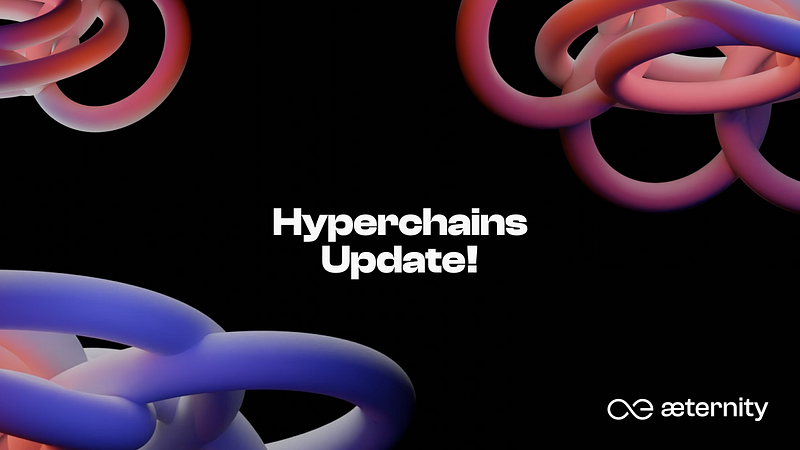Work surrounding Hyperchains is going strong, and here are the latest updates — the HC Alpha test network is restarting!

Over the course of the past few weeks, the development team has performed admirably, investing tremendous amounts of time and effort into pushing the line on Hyperchains further. Their endeavours resulted, most notably, in the following:
Improved Testing
A few bugs in the consensus smart contract were fixed, ending some situations in which the network would get stuck. Also, testing has been tightened up in order to improve regression detection capacities.
Parent Chain Connectors
Following a strong push by the development team regarding the parent chain connections, the æternity blockchain parent connection is ready, with the bitcoin one under construction.
The node now possesses the functionality to call on a few different parent chain nodes as well as to build consensus from their responses. In this way, the child chain interacts with the parent chain actively: posting and fetching commitments, getting specific hashes etc.
Smart Contract Improvements
The smart contract’s usability and user interface were revisited, with the development team’s improvements resulting in:
- An improved interface added for accessing the validator’s state — there is now a single endpoint that fetches all the data required, without any need to do a number of sequential dry-runs.
- Minimum staking and new validator stake limits are now fully configurable at the genesis block. These used to be hardcoded in the contract body. This improvement allows users to spawn their own hyperchains configured according to their needs.
- Additional functionality is available only for the validator — now they can set their own name, description, and avatar url. This allows for the branding of the pool to be built. (Bear in mind, though, that none of those are mandatory for a pool to operate)
- Enforcing a minimum amount a validator must persist in their own pool. The old behaviour was designated as dangerous on account of users needing a minimum stake to become a validator, but then being able to withdraw all stake while retaining the validator status. (This could have potentially resulted in the validator getting staking support by their pool while not having any stake of their own)
Revisited Configs
Hyperchain settings were, up until now, somewhat slovenly, which resulted in corresponding refactoring and clean-up. Now, seed calls are moved to a json file of their own and they do not pollute the config, with the naming of the seed files being revisited as well.
Whatsmore, network ids that do not have a “hc_” prefix are allowed to become a HC as well.
Staking Interface Improvements
The staking UI that showcases staking and unstaking has been reworked to better represent the data.
HC Alpha Testnet
Having all of these updates in mind, the HC Alpha testnet now has different expectations for becoming a validator — one million Æ as opposed to 1000 as it used to be before.
Now, some of the three validators also have additional information, including names, descriptions, and avatars. (Of course, this is not something that is being forced on validators and is completely optional)
There is a lot of work ahead but hyperchains are moving in the right direction. Stay tuned for more updates and follow the developments of the entire æcosystem to stay up to date!
Leave a Reply